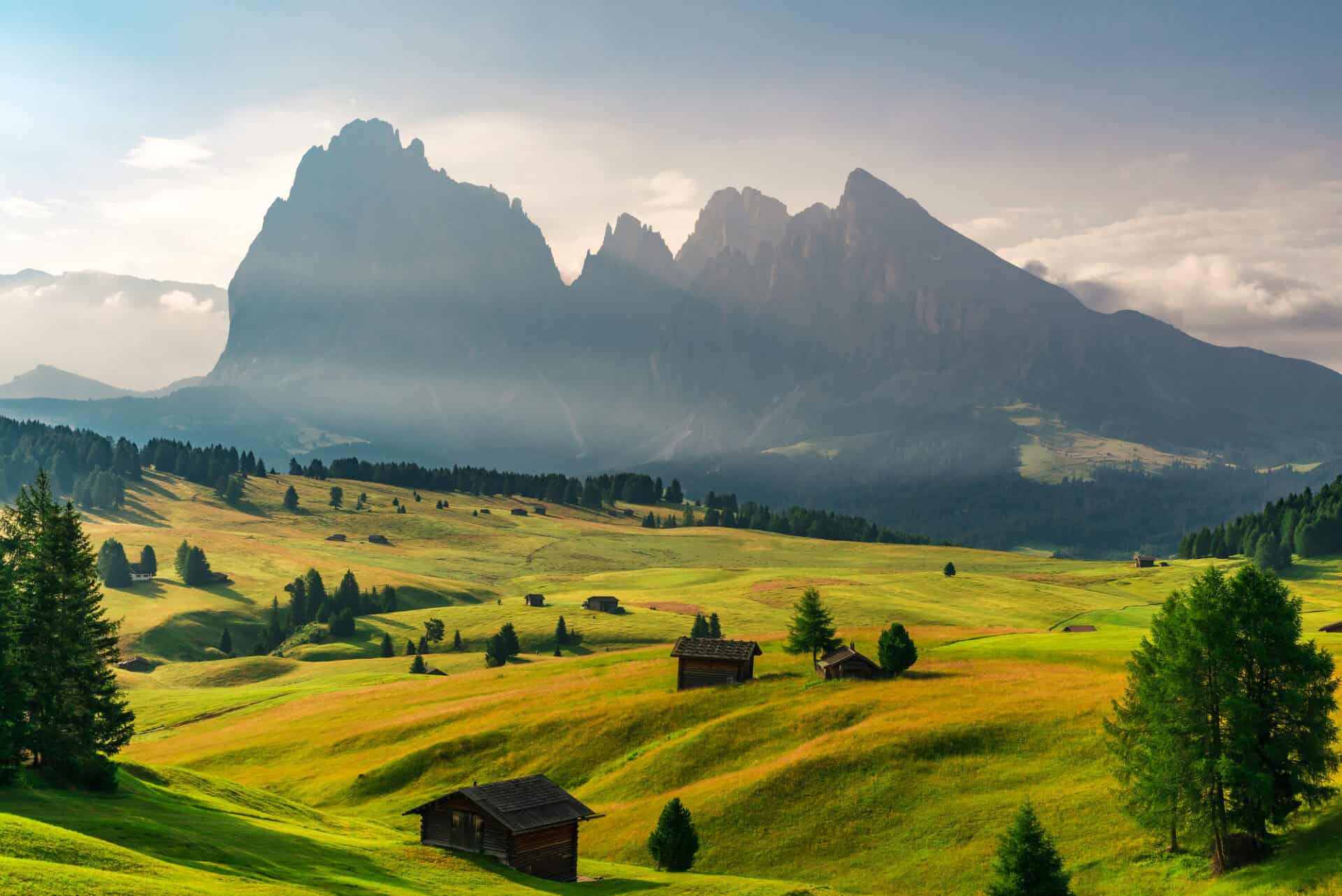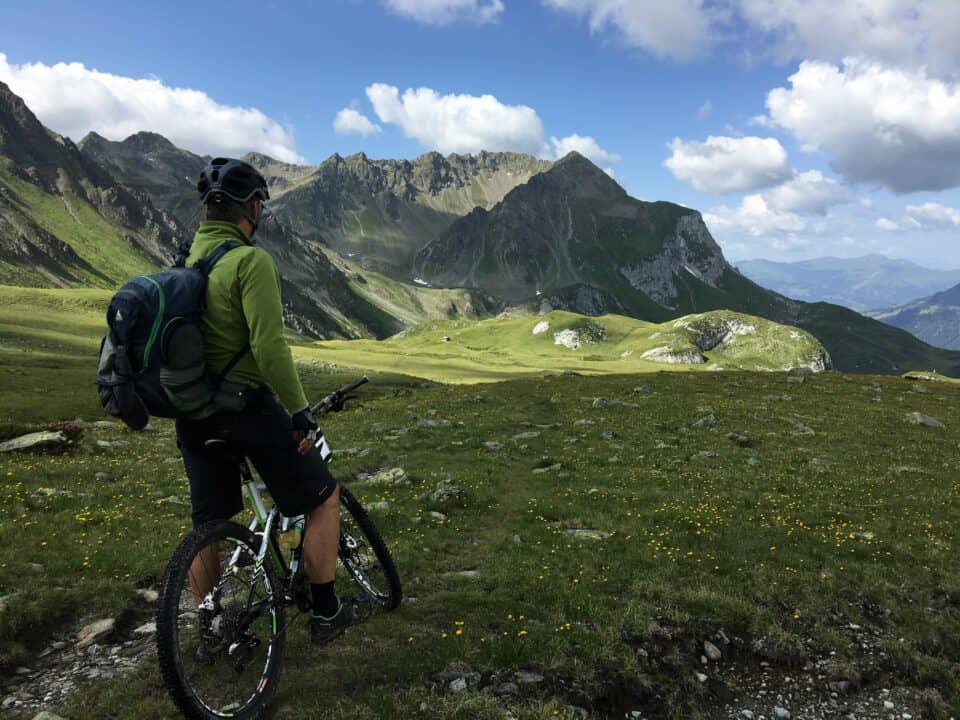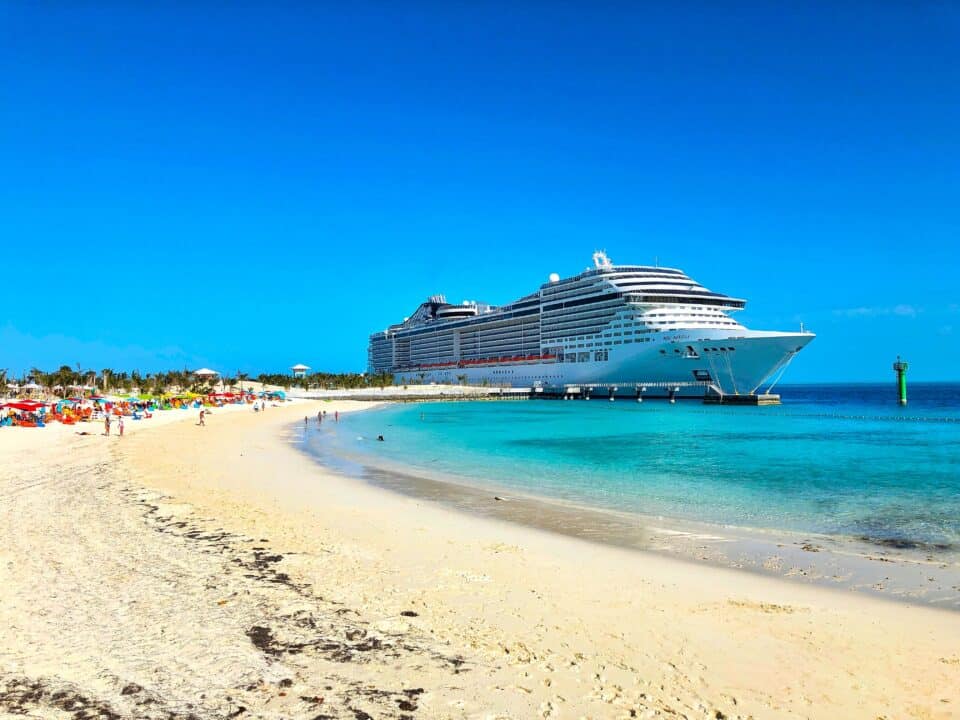Europe’s allure extends far beyond its historic cities and cultural treasures, the continent is also an intricate mosaic of awe-inspiring natural landscapes. Here are some of the most beautiful natural areas that Europe has to offer, each a vivid testament to the timeless splendor of our earth.
The Black Forest, Germany
The Black Forest, or Schwarzwald, situated in the southwest corner of Germany, is legendary for its thick, evergreen woodlands and quaint villages. A highlight is the 450-meter-long suspension bridge over the Todtnau Waterfalls in the Hochschwarzwald (High Black Forest). The forested mountain range is a hiker’s paradise with its undulating hills, serene lakes, and an atmosphere that seems to spring from the pages of a fairy tale—indeed, it inspired the Brothers Grimm.
The Scottish Highlands, UK
The Scottish Highlands, in the northernmost part of the United Kingdom, are an expanse of wild, rugged beauty. Here, one can marvel at vast glens, towering mountains and many lochs (freshwater lakes), including the mysterious Loch Ness. The highest mountain, Ben Nevis, is part of the Grampian Mountain range and a popular spot for hikers. Highlights like he Isle of Skye showcase dramatic cliffs and a beautiful coastline, epitomizing the Highland’s picturesque allure. The best time to visit the Scottish Highlands is from May to September, but bring a waterproof jacket anyway.
The Plitvice lakes and waterfalls, Croatia
Plitvice Lakes National Park in Croatia, a UNESCO World Heritage site, is a cascading series of terraced lakes, divided into the Upper and Lower lakes, and impressive waterfalls, the highest waterfall is 78 meter tall. Surrounded by deep woodlands home to diverse wildlife, these emerald and turquoise pools are a spectacle of natural beauty, connected by wooden paths that allow for intimate exploration. The Plitvice Lakes National Park offers visitors different routes and hiking trails to tour the lake system. There are two entrances. You can walk between the lower and upper lakes, and can also take the boat across Lake Kozjak. Try to visit the park during the off-peak season (spring and autumn), and very early in the morning or at the end of the day.
The arctic wilderness of Svalbard and the fjords, Norway
Venturing deep into the Arctic Circle, Svalbard awaits as a bastion of glacial vistas and Arctic fjords. Home to polar bears, walruses, and arctic foxes, Svalbard offers endless daylight in summer for exploring its frozen landscapes and dark winters lit by the ethereal Northern Lights. Spitsbergen is the largest island in the archipelago.
Most fjords in Norway are found in the western coastal and northern regions. The fjords are nature’s own cathedrals, shaped by the glaciers, where towering cliffs and lush hills frame the clear waters below. Geirangerfjord, Sognefjord and Nærøyfjord are among the most iconic, offering views that embody the grandeur of these geological wonders. Jostedalsbreen is the largest glacier in continental Europe, dominating the landscape in the heart of Fjord Norway. It is a remnant of the last Ice Age and covers an area of about 487 square kilometers (188 square miles). Like many glaciers around the world, Jostedalsbreen is not immune to the effects of climate change. It has experienced significant melting and retreat over the past decades. Despite the challenges posed by its changing environment, Jostedalsbreen continues to be a symbol of natural wonder in Norway.
The Verdon Gorge, France
In the Provence-Alpes-Côte d’Azur region of southeastern France you will find the Gorges du Verdon – often referred to as the Grand Canyon of Europe. The gorge was formed by the Verdon River, which carves a spectacular turquoise ribbon through the landscape. This limestone canyon is renowned for its dizzying heights and crystal-clear river, offering thrilling activities like kayaking, rock climbing, and hiking, or the simple pleasure of marveling at its vast beauty. One of the most famous hiking trails is the Sentier Martel, a challenging trail that traverses the canyon and provides a comprehensive experience of the gorge’s beauty.
The Danube Delta, Romania
The Danube Delta is located in Eastern Europe where the Danube River flows into the Black Sea, primarily within the territory of Romania. The delta is recognized for its rich biodiversity and well-preserved ecosystems, it hosts over 5,000 species of flora and fauna. Some of the bird species found in the delta are rare or endangered, such as the Dalmatian pelican and the white-tailed eagle. Recognizing its ecological importance, the Danube Delta was designated a UNESCO World Heritage site in 1991 and a Ramsar site, being recognized as a wetland of international importance, especially for waterfowl. Visitors to the Danube Delta can explore the area through a network of channels and lakes, either by guided boat tours or by kayaking and canoeing, which provide excellent opportunities for birdwatching and experiencing the tranquility of this unique ecosystem.
The natural beauty and beaches of Sardinia, Italy
Sardinia is the second-largest island in the Mediterranean Sea (after Sicily) and known for its diverse landscape, rich history, and vibrant culture. Sardinia’s coastline is incredibly varied, with long sandy stretches, secluded coves, and dramatic cliffs plunging into the azure waters of the Mediterranean. The island’s interior is equally diverse, featuring rolling hills, forests, and the Gennargentu mountain range, which includes Punta La Marmora, the island’s highest peak. Sardinia is home to several wetland areas, which are ideal habitats for flamingos. One of the most well-known spots for flamingo sightings in Sardinia is the Molentargius-Saline Regional Natural Park, located near Cagliari, the island’s capital. Ferry services link Sardinia to the Italian mainland and other Mediterranean destinations.
Snæfellsjökull National Park, Iceland
Snæfellsjökull National Park is located on the Snæfellsnes Peninsula in western Iceland and named after the Snæfellsjökull glacier, which is also an active stratovolcano. Its landscape is characterized by rugged lava fields, volcanic craters, soaring sea cliffs, beaches, and the mystical glacier itself, which is visible from the capital city of Reykjavik on clear days. The area became internationally known after Jules Verne published his novel “Journey to the Center of the Earth” in 1864, wherein the protagonists find the entrance to a passage leading to the center of the Earth on Snæfellsjökull. The Snæfellsnes Peninsula, often called “Iceland in Miniature,” offers a microcosm of the entire country’s features. The park is managed with a focus on conservation, and visitors are expected to follow strict guidelines to minimize their impact on the environment.
Triglav National Park and caves of Postojna, Slovenia
In the heart of Slovenia lies Triglav National Park, named after the country’s highest peak, Triglav. This park is a treasure trove of natural wonders, with alpine meadows, serene lakes like Lake Bohinj, and the Soca River with its emerald waters. Triglav National Park is a paradise for hikers, mountaineers, and nature enthusiasts who are drawn to its biodiversity and scenic beauty.
The caves of Postojna in southwestern Slovenia are a complex of karst caves famous for their extraordinary stalactites and stalagmites, underground rivers, and the unique cave-dwelling olm or ‘human fish’. The caves were created by the Pivka river over millions of years.
The Picos de Europa, Spain
Picos de Europa (“Peaks of Europe”) is a range of mountains in northern Spain that forms part of the Cantabrian Mountains. It’s well-known for its dramatic limestone peaks, deep gorges, and high-altitude lakes. The range is divided into three main massifs: the Western (or the Cornión), the Central (or Los Urrieles), and the Eastern (or Ándara). The mountains greatly influence the local climate and are responsible for the high rainfall that sustains the lush greenery in the valleys, contributing to the region’s nickname “Green Spain.” The Ruta del Cares, one of the most popular trails, carves through the dramatic Divine Gorge (Garganta Divina). Picos de Europa National Park was designated a UNESCO Biosphere Reserve in 2002, recognizing its exceptional biodiversity and the harmonious relationship between human activity and nature. Unique animals like the Cantabrian brown bear, Iberian wolves, and the chamois can be found in the park, along with a diverse array of birds, including the majestic golden eagle and the griffon vulture.
Oulanka National Park, Finland
Finnish Lapland’s enchanting wilderness represents the natural beauty that Finland has to offer. The trails and hanging bridges will take you to impressive waterfalls. The Oulanka and Kitka rivers are famed for their rapid and scenic watercourses, which are popular among whitewater enthusiasts. The Oulankajoki River’s rapids and falls, including the Jyrävä waterfall, are particularly breathtaking. The Karhunkierros Trail, or “Bear’s Ring, is Finland’s most popular hiking route at about 80 kilometers long.
The Alpine paradise of the Dolomites, Italy
Italy’s Dolomites, part of the Southern Limestone Alps, stand as pinnacles of natural architecture. These jagged mountain peaks are renowned for their unique composition, pale hue, which can appear pink or orange during sunrise or sunset, and a wonderful diversity of colors is provided by the contrasts between the bare rock surfaces and the forests and meadows below. The Dolomites are distributed over three regions: Trentino Alto Adige, Veneto and Friuli Venezia Giulia. This UNESCO World Heritage site is an idyllic setting year-round, offering towering peaks and deep valleys that beckon climbers, hikers, and those seeking alpine serenity. L’Alpe di Siusi (the Seiser Alm) is one of the most beautiful and the largest Alpine pastures.

The natural beauty of Europe is vast and varied, a canvas painted with the broad strokes of geographical diversity. These areas represent but a snapshot of the continent’s environmental treasures. As we explore these sanctuaries, we are reminded of our planet’s delicate magnificence and the importance of its preservation. Whether you are seeking the thrill of the wild or a slice of solitude, the natural wonders of Europe are an open invitation to discover and cherish.


